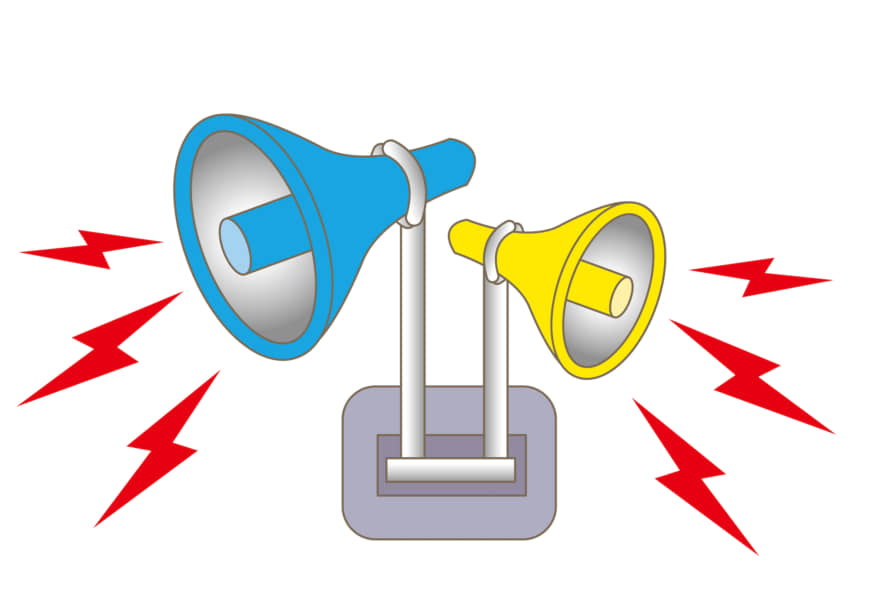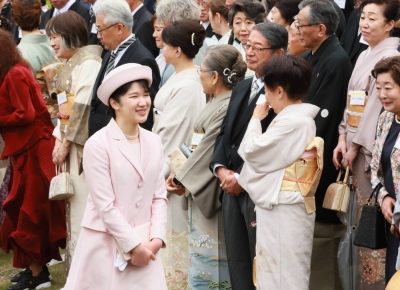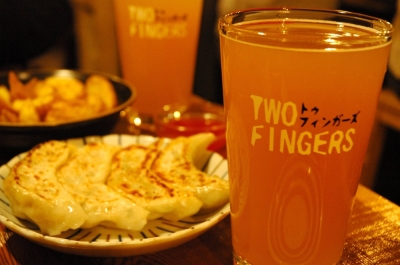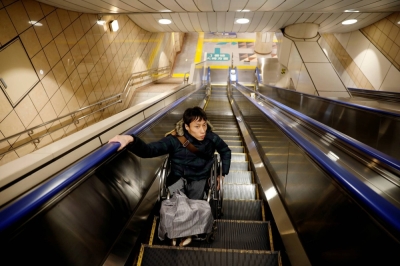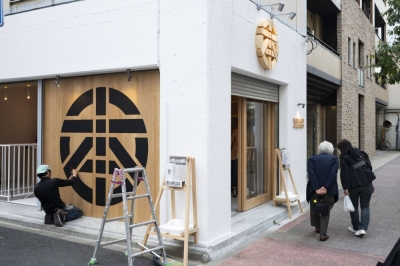The number of resources for tracked weather risks have been steadily growing, thanks to the web, social media and mobile apps. The language, however, can sometimes be confusing, especially to people who don't speak Japanese. Here is a condensed guide to commonly used terms related to evacuation and what you should do if you receive an evacuation advisory in your your area.
Level 3
Instructions to prepare for evacuation (避難準備情報・ひなんじゅんびじょうほう・hinanjyunbijyohō)
A level 3 evacuation notice calls on residents to prepare for evacuation. It also means elderly people or those with physical disabilities should begin evacuating immediately under the assumption that the issuance of an evacuation advisory is possible, if not likely.
Level 4
Evacuation advisory (避難勧告・ひなんかんこく・hinankankoku)
An evacuation advisory is issued when circumstances are worsening and the chances of injury are growing. Though evacuation is not compulsory, an evacuation advisory is communicating that evacuation is strongly recommended to all residents.
Evacuation instruction (避難指示・ひなんしじ・hinanshiji)
While formal evacuation orders aren't issued in Japan, an evacuation instruction is the strongest form of advisory. An evacuation instruction calls on residents to secure themselves in their home or evacuate as quickly and safely as possible to the closest evacuation area in the event of a natural disaster or otherwise dangerous situation.
Level 5
This is actually “beyond evacuation.” If the JMA issues a special weather warning, such as a heavy rain warning, it’s time to take action to protect your life. If you are unable to evacuate, you should take appropriate action at home (eg. if you are near a possibly flooded area, go to a higher floor).
You can check on specific weather warnings at the JMA weather warning site. Zoom in on the map or use the pull-down menus near the page top to find your area.
Different types of of weather warnings
- 注意報 (chūihō) = advisory
- 警報 (keihō) = warning: warning of an impending disaster or hazardous situation and call for appropriate actions. (A warning is more urgent than an advisory.)
- 特別警報 (tokubetsu keihō = special warning)
Level 2
- Flooding(洪水 kōzui), heavy rain (大雨 ōame) advisories are considered
- Flood warning notice (氾濫注意情報 hanran chui jyohō)
*Flood tide advisory (高潮注意報 takashio chūihō/em>) can be both Level 2 and 3
Level 3
Elderly are recommended to evacuate at this point. Others should start preparing for evacuation
- Flood warning
- Heavy rain warning
Level 4
All recommended to evacuate soon
- 土砂災害警戒情報 (dosha saigai keikai jyohō) landslide/mudslide, sediment disaster warning
- 氾濫危険情報 (hanran kiken jyohō) flood risk information
- 高潮特別警報 (takashio tokubetsu keihō) flood tide special warning
- 高潮警報 Flood tide warning
Level 5
A disaster is occurring
- 大雨特別警報 (oame tokubetsu keihō) torrential rain special warning
- 氾濫発生情報 (hanran hassei jyohō) flood occurrence information
Tips for what to do when you evacuate
- Check nearest evacuation spot on your district's website. It's usually your neighborhood elementary or junior high schools.
- Make sure that it’s a realistic option to evacuate
- Be careful of manholes, which could violently spout with flood water
- If you are driving and your vehicle stalls in deep water, exit the vehicle and get to a safe place.
- If water rises higher than your waist, it's better to wait for help at the place with higher altitude.
- To avoid getting separated, tie your body and your children with a rope and move around in a pair/more than two people.
- Rubber boots and bare feet are not recommended; wear running shoes.
Evacuation kit
For all
- a plastic bag/bottle for getting water from a water-supply vehicle
- unperishable food: snacks; canned food; energy bars; ready-to-eat food, towels, blankets
- a change of clothes; raingear; contact lenses, glasses
- can opener; all-purpose knife; scissors
- toothbrush, mouthwash, mask, slippers
- portable toilet, toilet paper, antibacterial wipes
- Important documents/ID: health insurance card; driving license; passports; ikan (document stamp); mother and child health handbook (母子健康手帳); pension handbook (年金手帳)
- disaster/evacuation map
- clip wrap (it's useful for first aid, thermal insulation, and to reduce washing by wrapping dishes)
- house key, car key
- bank account number; insurance number (銀行の口座番号・生命保険契約番号)
- mobile phone batteries, device chargers
- flashlight, tarps
- writing tools
- helmets
- emergency whistle
- ¥10 Yen and ¥100 for pay phones
For women
- Sanitary napkins
For babies
- powdered milk in a small/bar-shape package
- baby bottle/feeding bottle
For the elderly
- food for the aged (eg.rice porridge)
- denture cleaner
- prescription record book (お薬手帳)
- reading glasses
- household/prescribed medicines


